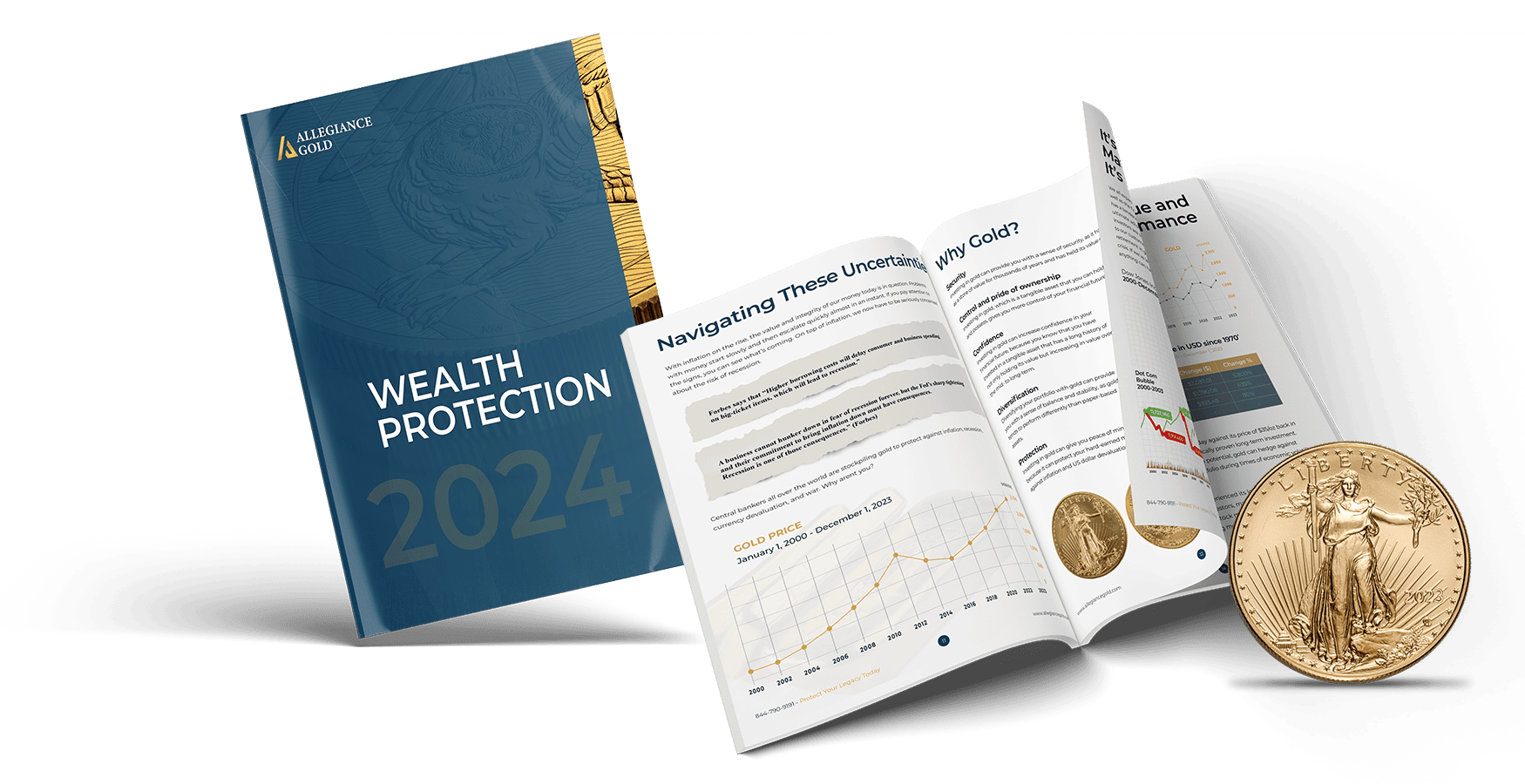How a Government Shutdown Could Impact You and Your Retirement
Introduction: When Politics Threaten Personal Finances
When the U.S. government shuts down, most Americans think of closed monuments, delayed paychecks for federal workers, and partisan gridlock on Capitol Hill. What doesn’t get as much attention is the ripple effect on your retirement savings, your long-term security, and your peace of mind.
Shutdowns are not just political theater. They come with real costs — billions in lost productivity, higher debt, market volatility, and a further erosion of trust in the system that underpins your savings.
The lesson from history is clear: while Washington stalls, it’s everyday Americans who pay the price.
A Look Back: The Cost of the Last Shutdown
The 2018–2019 shutdown lasted 35 days, making it the longest in U.S. history. According to the Congressional Budget Office (CBO):
- The U.S. economy lost an estimated $11 billion.
- Roughly $3 billion of that was permanently lost.
- Hundreds of thousands of federal workers missed paychecks, forcing many to borrow, dip into savings, or delay essential expenses.
- Investor confidence wavered, sending markets into another round of turbulence.
And that was just one episode. Since 1976, there have been 20 shutdowns or funding gaps. Each one costs billions, adds to the national debt, and exposes the fragility of a system built on short-term fixes instead of long-term solutions.
Why Shutdowns Keep Happening
At their core, shutdowns are not about budgets or spreadsheets. They are about politics.
No political party is doing what is best for the American people. Decisions are often driven by power struggles, leverage, and electoral positioning rather than what will strengthen the nation’s future. In other words, it’s a conflict of interest — and the American people are caught in the middle.
Lawmakers continue to get paid during shutdowns. But millions of families face uncertainty, retirees watch their portfolios fluctuate, and the American Dream — a good life, family, and a secure retirement — becomes harder to achieve.
How Shutdowns Impact Retirement Savings
If you’re working toward retirement or already enjoying it, government shutdowns pose risks that are easy to overlook until they hit.
1. Market Volatility
Shutdowns shake investor confidence. Stocks can swing dramatically, and bonds may shift in response to uncertainty. For retirement savers in 401(k)s, IRAs, or TSPs, volatility often translates into sleepless nights and shrinking account balances.
2. Added Debt = Inflation Pressure
Every shutdown increases national debt. Over time, higher debt fuels inflation — eroding the purchasing power of the dollar. What bought comfort yesterday buys less today, leaving retirees more vulnerable to rising living costs.
3. Delayed Services
Shutdowns disrupt federal services. Social Security claims, IRS refunds, and Medicare processing can all be delayed. For retirees depending on predictable benefits, even short delays can create financial strain.
4. Erosion of Confidence in the Dollar
Repeated dysfunction weakens global trust in the U.S. financial system. If confidence in the dollar continues to decline, the value of dollar-based retirement savings could face long-term pressure.
The Bigger Picture: A Broken System
Government shutdowns are symptoms of a system that prioritizes politics over people. Instead of safeguarding the long-term prosperity of Americans, shutdowns push the country deeper into debt and leave citizens with the burden of uncertainty.
Americans don’t want endless drama. They want stability, predictability, and the chance to live out the retirement they worked so hard to earn. But each shutdown chips away at that dream.
Why Delaying Protection Costs More Than Acting
Here’s the reality: you can’t control Washington gridlock, but you can control how prepared you are for it.
Every day you wait to protect your wealth, you expose yourself to:
- Inflation eating away at purchasing power.
- Markets reacting unpredictably to political headlines.
- Missed opportunities to build resilience in your portfolio.
Taking action now — whether through diversification, defensive strategies, or simply rebalancing your portfolio — often costs far less than the long-term price of inaction. Waiting until the next crisis forces your hand can mean selling at a loss or losing years of progress.
Lessons From History
Shutdowns are not new, and neither are their impacts:
- During the 2018–2019 shutdown, gold gained nearly 4% while markets swung wildly.
- In the 1970s, as inflation surged, gold prices rose by over 600%.
- During the 2008 financial crisis, gold climbed more than 25% while the S&P 500 lost 37%.
History shows that periods of political and financial instability are when traditional portfolios suffer most — and when preparation matters most.
Building a More Resilient Retirement
The question isn’t whether there will be another shutdown. The question is: Will your retirement plan withstand it?
Here are practical steps to consider:
- Assess Your Exposure
- Review how much of your portfolio is tied to dollar-denominated assets.
- Consider how much volatility you can truly tolerate in retirement.
- Diversify Beyond Paper Assets
- Explore asset classes that are less dependent on political and fiscal policy.
- History has shown that including tangible stores of value can help offset the risks of inflation and debt-driven instability.
- Think Long-Term, Act Now
- Small proactive changes today often prevent large, reactive decisions tomorrow.
- In retirement planning, waiting usually costs more than taking action early.
Conclusion: Preparing for Tomorrow, Today
Government shutdowns are a reminder that uncertainty is built into the system. Debt grows, the dollar weakens, and political conflict continues. But your retirement doesn’t have to be at the mercy of Washington.
The cost of waiting is measured not only in lost dollars, but in lost peace of mind. Protecting your wealth is not about reacting to panic — it’s about preparing for the inevitable.
The smartest investors aren’t those who predict the next crisis. They’re the ones who prepare before it arrives.
👉 If you’d like to explore strategies for making your retirement more resilient to shutdowns, inflation, and political dysfunction, book an appointment or download our free guide today.
To Start Your Gold IRA Today:
Download Your Free Gold IRA Guide | Open Your Gold IRA Account | Book Your Consultation
Protect your financial future with Allegiance Gold an Inc 5000 company– Your trusted partner in Gold and Silver IRA investments.
 |
 |
Buy Now |
Buy Now |
Act now and join the millions who trust gold to secure their wealth.



 Gold Products
Gold Products Silver Products
Silver Products Platinum
Platinum